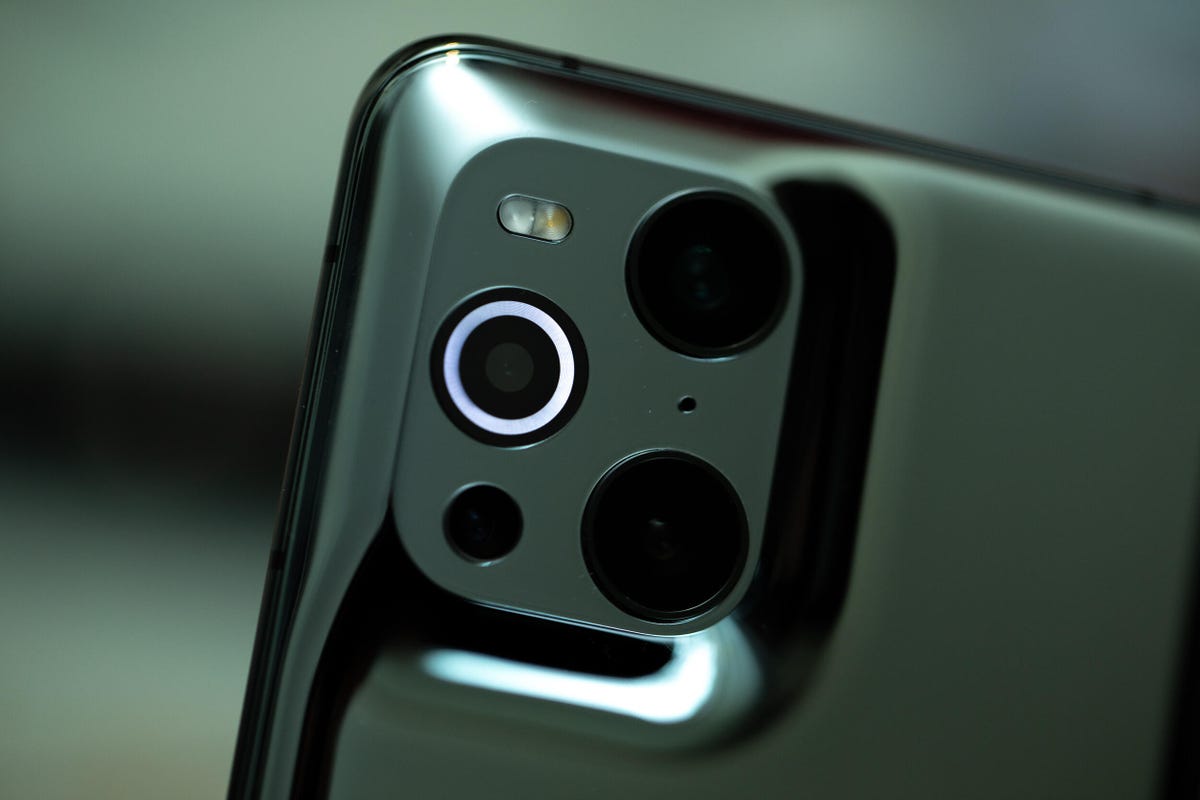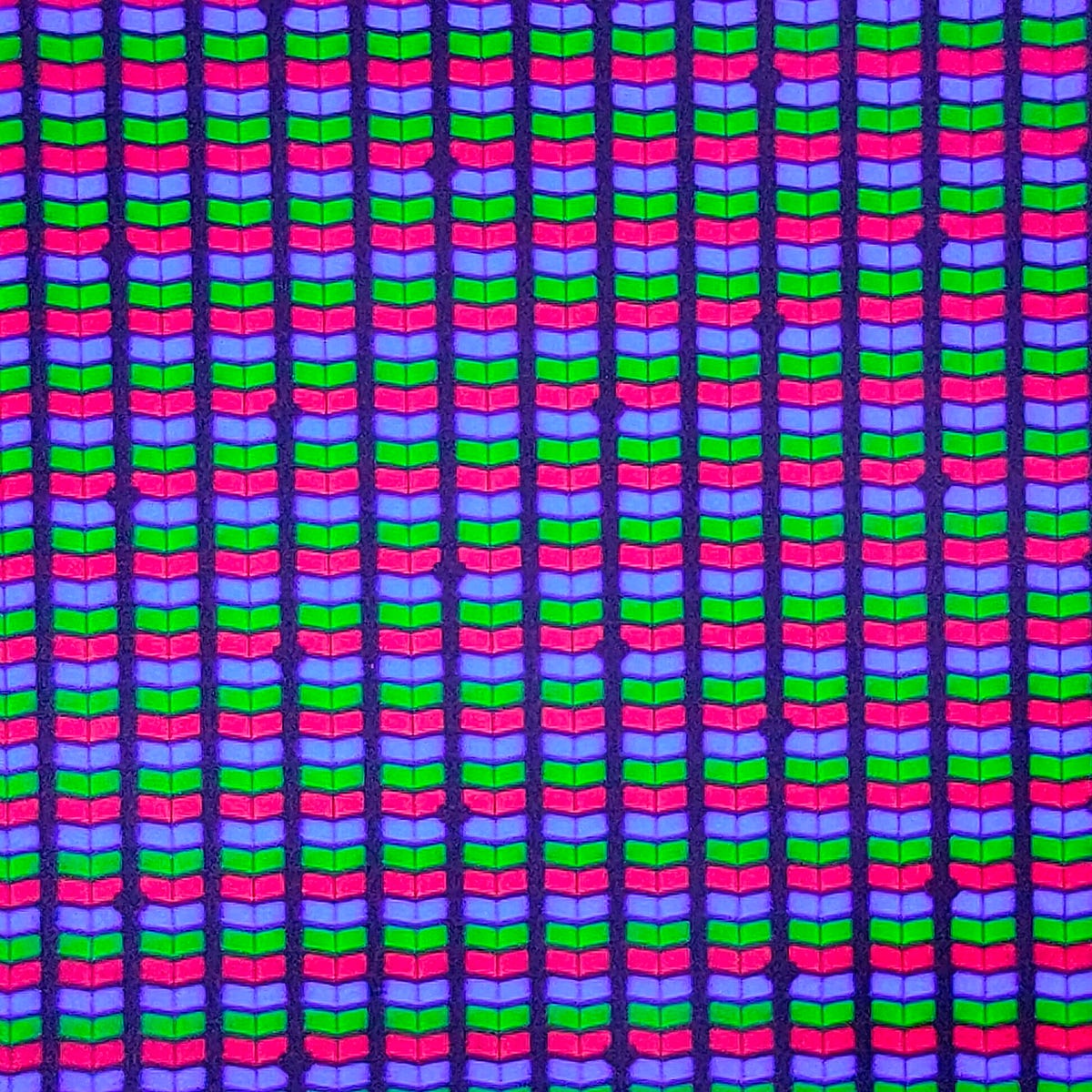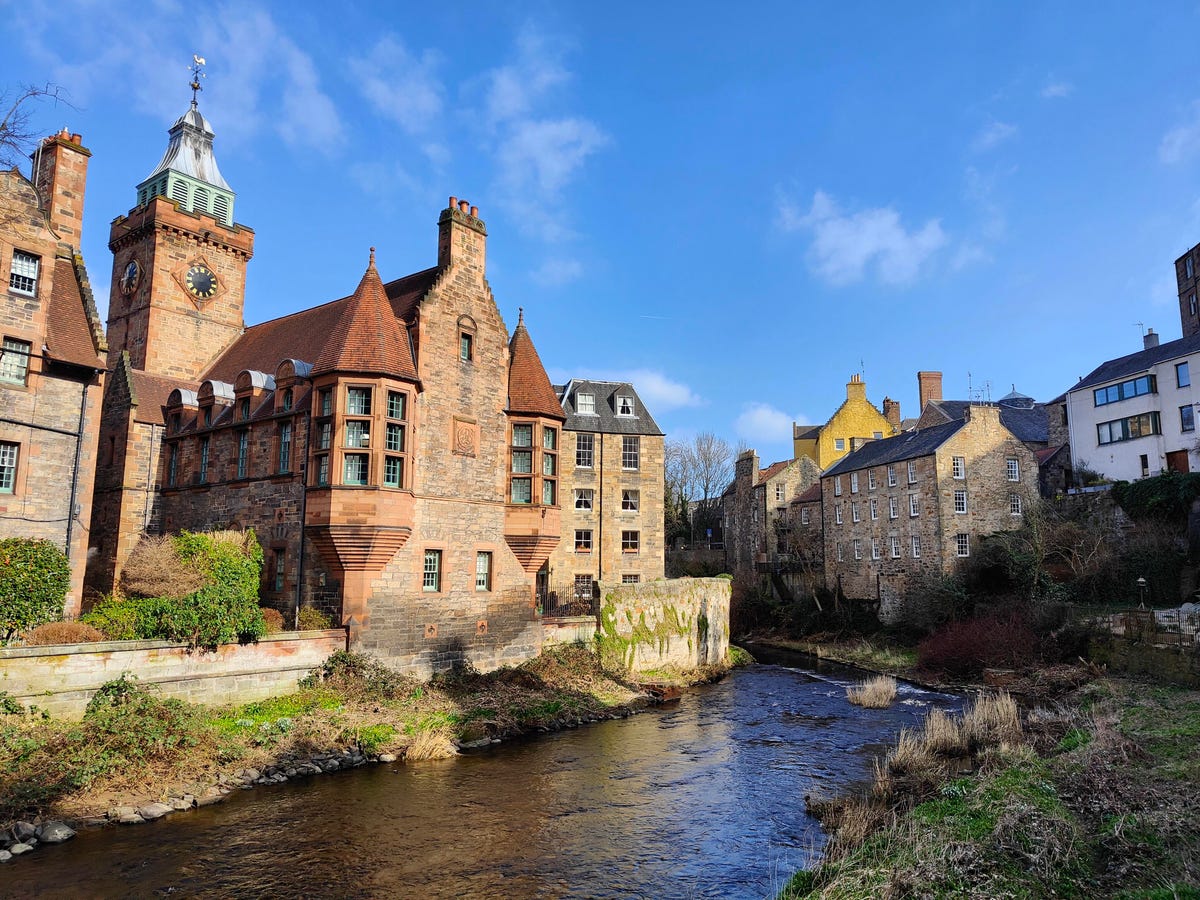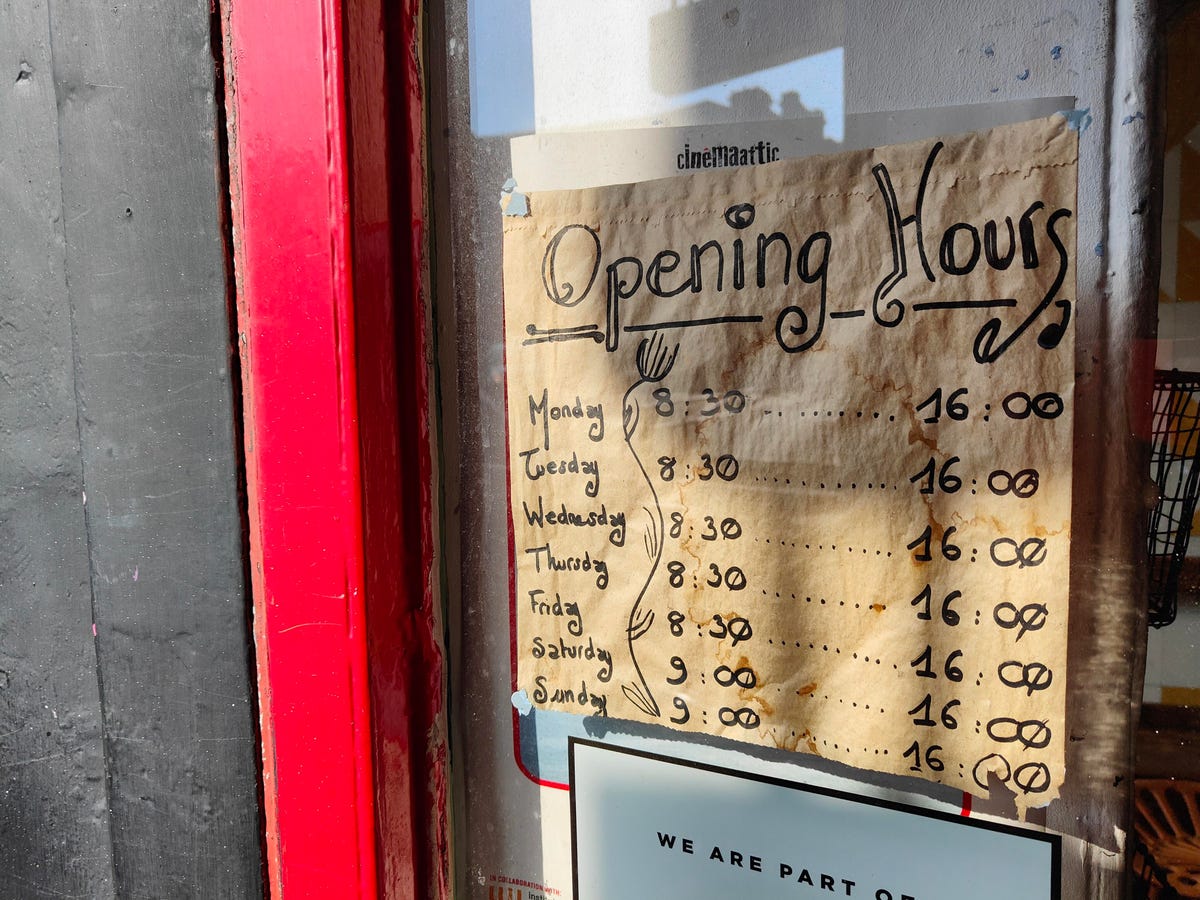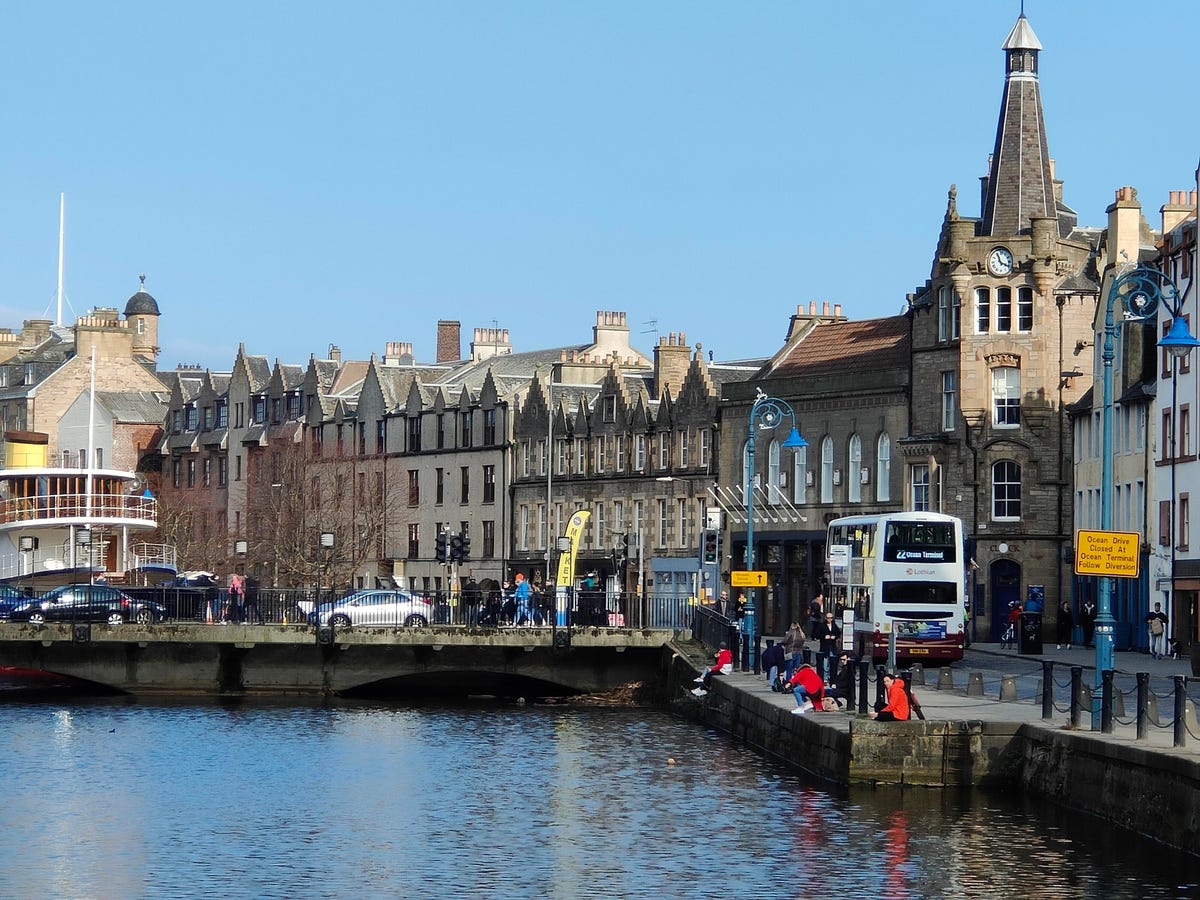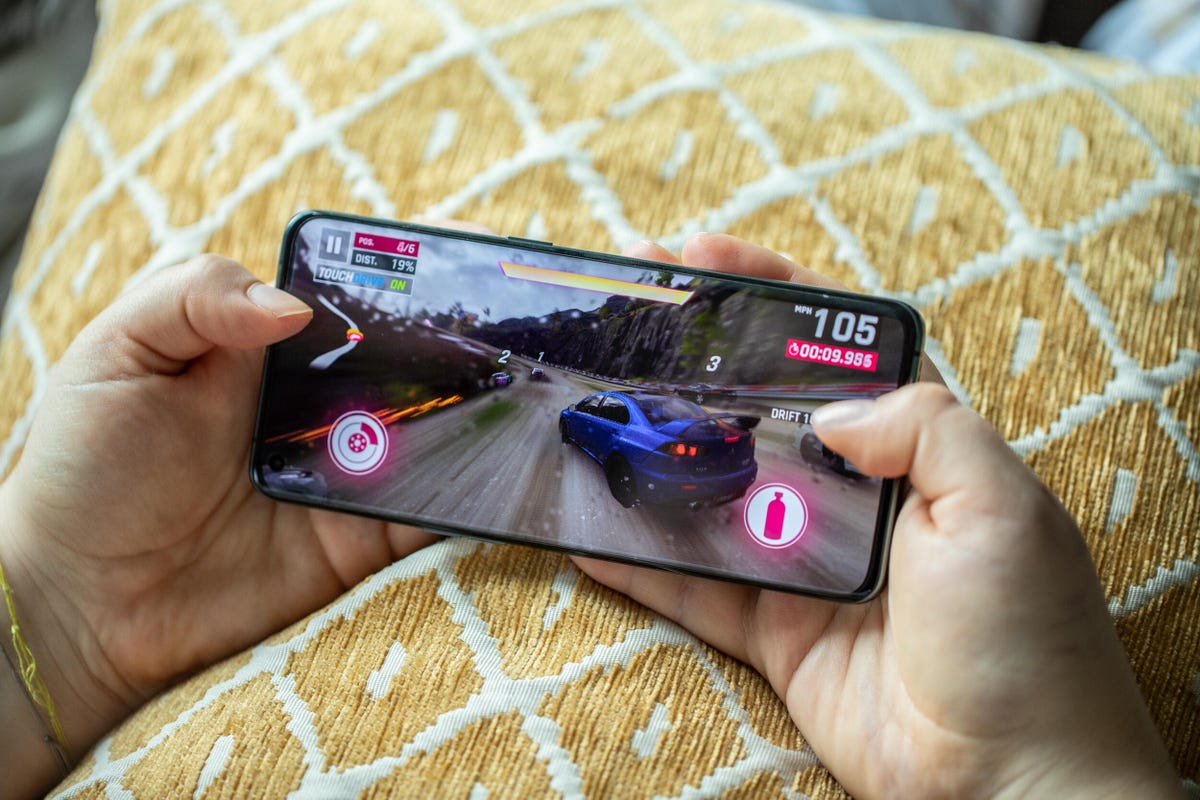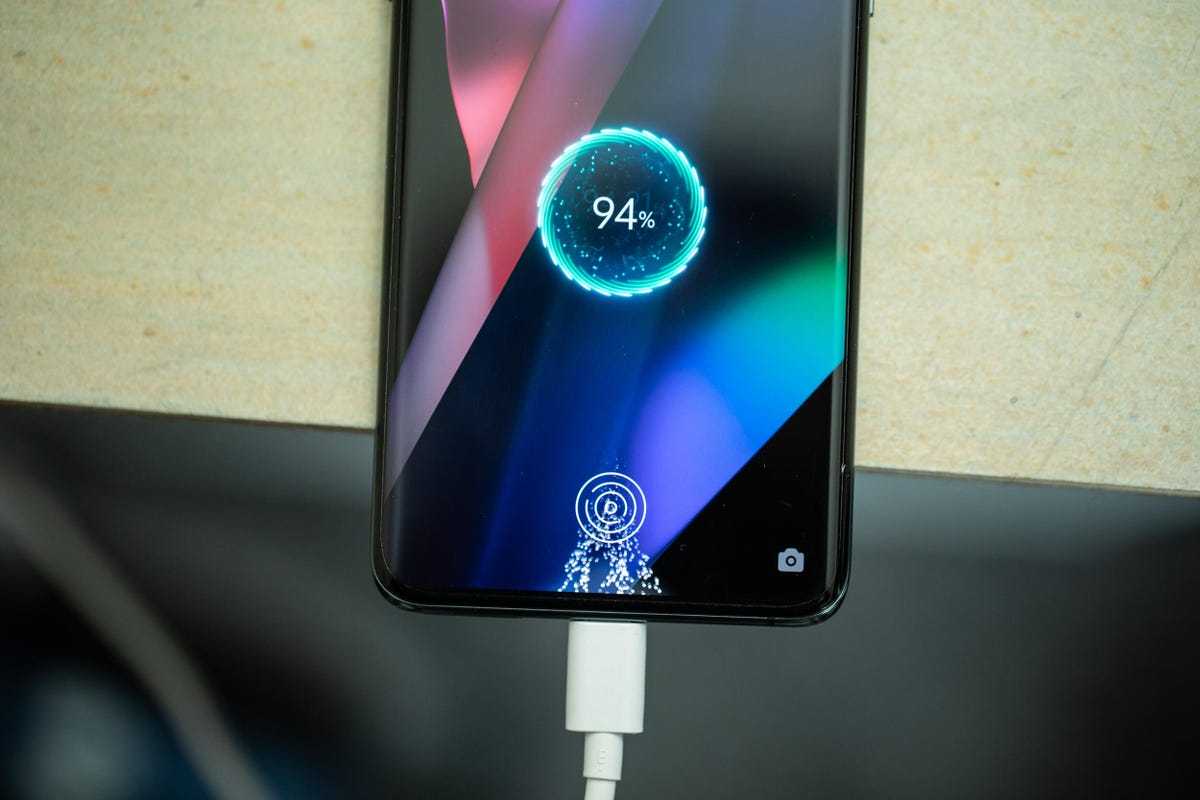
Galaxy S21 drop test: Samsung's newest phones didn't last long
I had high hopes for the new Samsung Galaxy S21 phones phones going into our drop test, even though Galaxy phones haven't been the most durable in our previous tests. The S21, S21 Plus and S21 Ultra's curved displays aren't as pronounced as previous models and all the screens are covered in the strongest Gorilla Glass. But let's just say my hopes proved optimistic, and if you're considering going case-less with your new Galaxy S21, you may want to read on.
While the three Galaxy S21 phones may look similar, the backs are all made of different materials. The S21 Plus and Ultra have glass on either side, while the back of the regular S21 is made of plastic. Because this difference could affect the durability of the phone, we decided to test out both the $1,200 (£1,149, AU$1,849) Galaxy Ultra and the $800 (£769, AU$1,249) Galaxy S21 simultaneously.
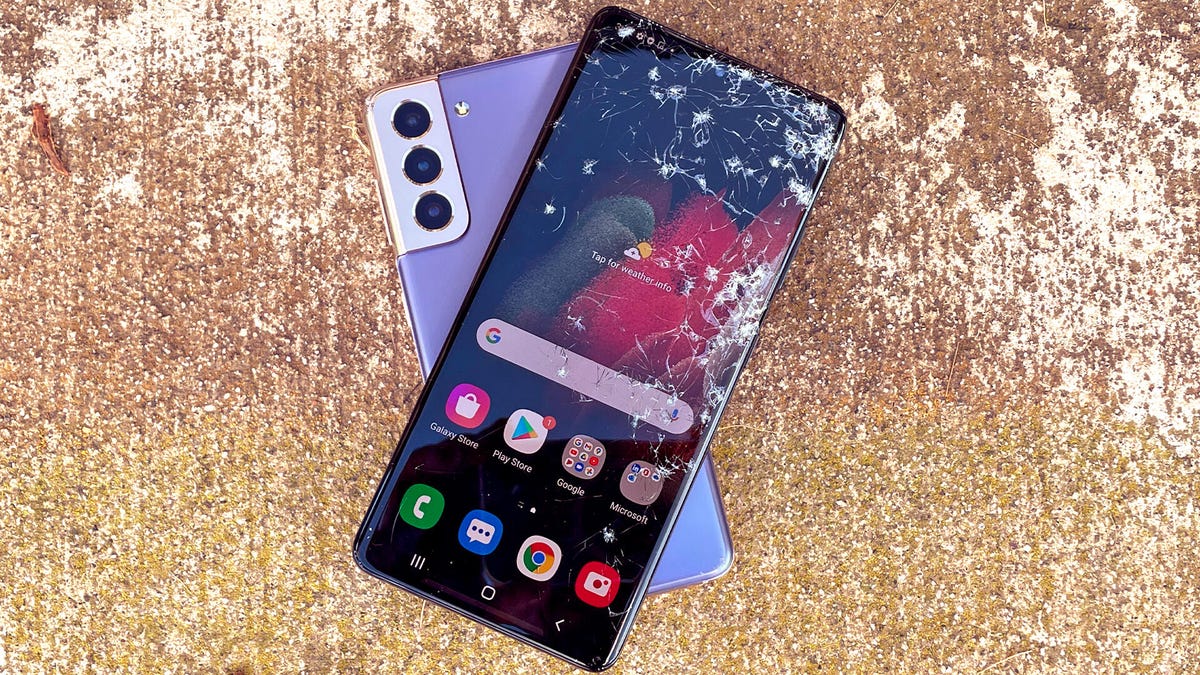
A lot of factors go into the durability of the screen, including the shape and thickness of the glass the manufacturer decides to use. We know from our previous Note 20 Ultra drop test that even the strongest Gorilla Glass Victus is no match for pavement, with the screen cracking on the second drop from hip height. But that doesn't mean the S21's screen will share the same fate: The two have different designs and the thick metal casing protecting the camera looks sturdier than the all-glass module on previous Galaxy phones.
For our drop test, CNET Senior Video Producer Chris Parker dropped a brand new phantom violet Galaxy S21 and phantom black Galaxy S21 Ultra onto a concrete sidewalk.
Drop 1: Pocket height (3 feet), screen side down
The drop from pocket or hip height is one of the most common causes of cracked screens, especially if your phone lands on a rough surface like a sidewalk. We start all our tests at this height.

The cracked screen of the Samsung Galaxy S21 after the first drop from hip height.
Chris Parker/CNETGalaxy S21: Broken screen
The top left hand corner of the phone opposite the camera hit the ground first, then the bottom corner hit, then the entire right side of the phone. This caused it to bounce back up a bit and land screen-side-down on the floor.
The bottom left hand corner of the glass had shattered with a few larger cracks stemming outward from the point of impact including a big dome-shaped one running through the middle of the screen.
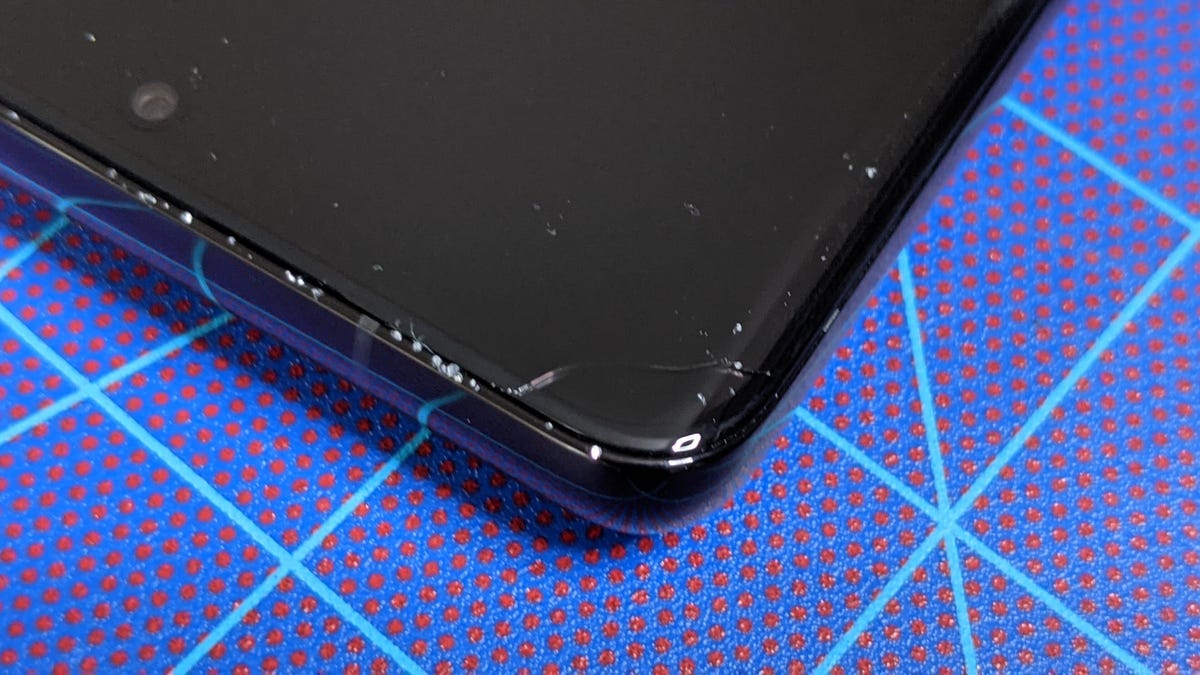
The S21 Ultra after the first drop from hip-height: one small crack at the top.
Chris Parker/CNETGalaxy S21 Ultra: A small crack
The initial impact of the drop seemed to be distributed relatively evenly as the phone hit the floor, with the top edge of the screen hitting the sidewalk just a bit earlier than the rest. It then jumped back into the air, flipped around and landed screen-side-up.
The top edge of the metal frame on the S21 Ultra had what looked like silver sand particles where the paint was scraped, but the screen looked OK. That is, until we noticed a tiny crack on the top left-hand corner of the phone. It was small enough that it probably wouldn't bother you if you kept using the phone, but it was damaged nonetheless and not the ideal scenario after just one drop.
Drop 2: Pocket height (3 feet), back side down
To test the durability of the back, Chris dropped the phones from the same height with the screen facing up. We obviously weren't expecting the plastic back on the S21 to break, but we wanted to see what kind of damage it would incur and how the camera would hold up to the fall.
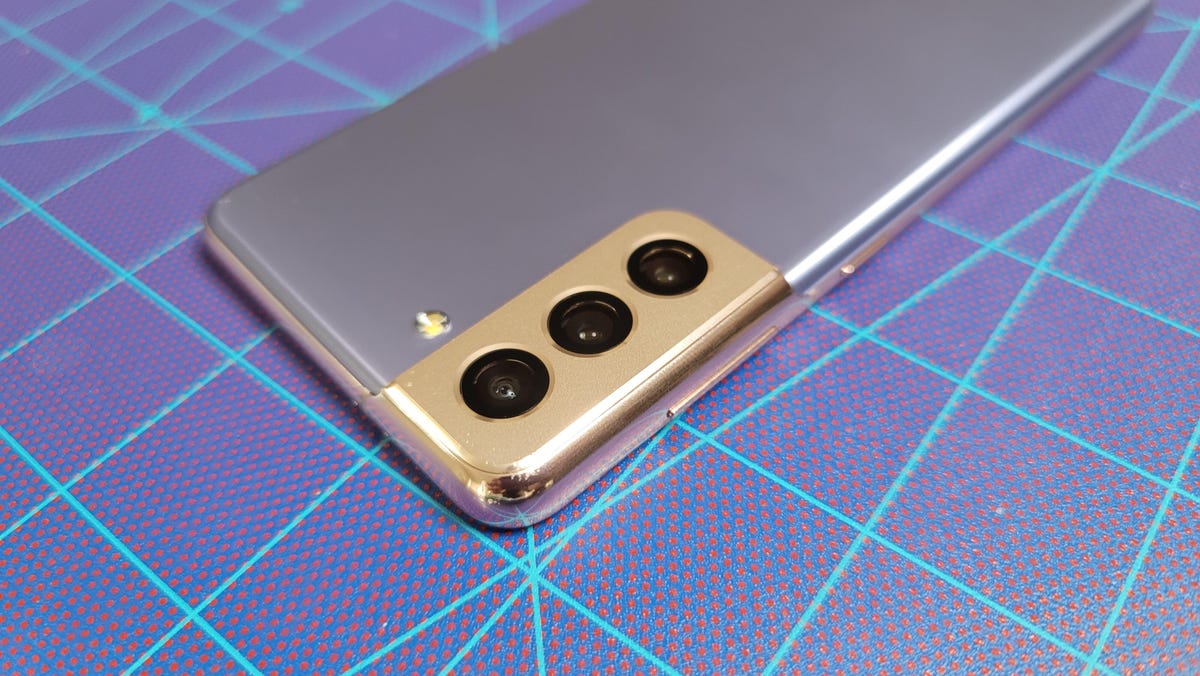
The back of the Samsung Galaxy S21 had a few minor scratches after the second drop from hip-height.
Chris Parker/CNETGalaxy S21: Minor scratches
The top half of the phone hit the ground first, then the bottom edge causing it to jump in the air and complete a couple of flips before landing back on the sidewalk with the back side facing up.
Save for a few tiny scrapes on the bottom, there was barely any damage on the plastic back cover, as we expected.
The camera was also in good shape, with no visible damage to the module or any of its three lenses, which are carved into the metal casing. Unlike previous Galaxy models where the entire camera bump is covered in glass, the module on the S21 is mostly metal and only the lenses are glass.
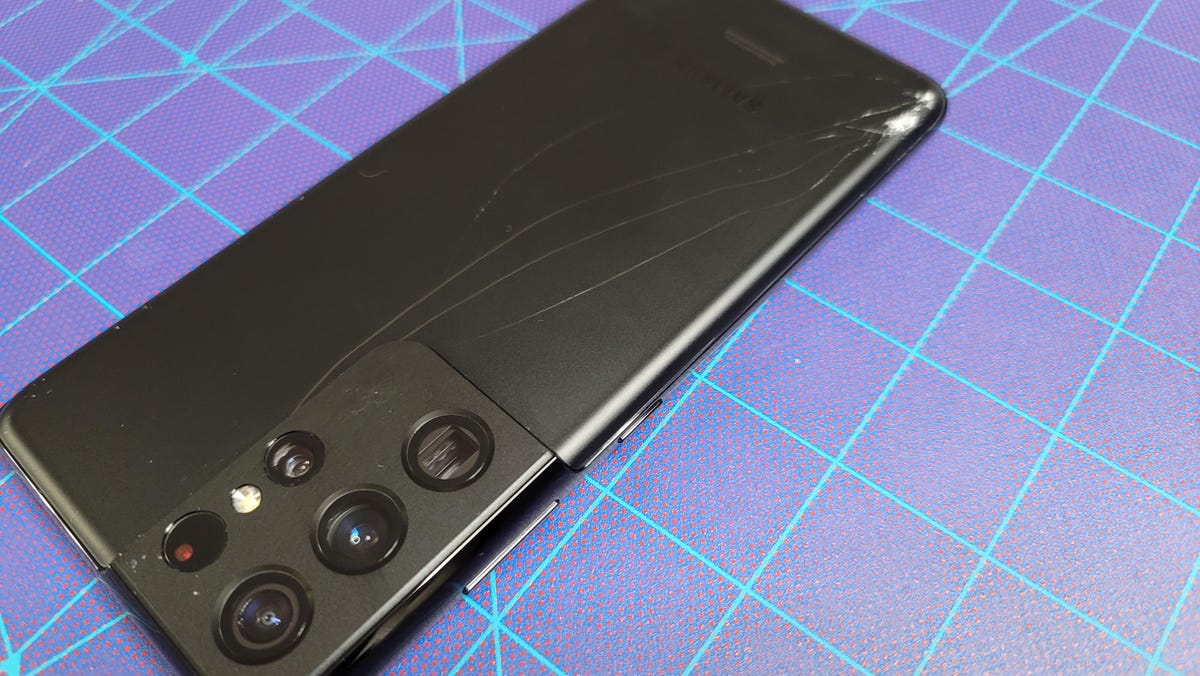
The broken back of the Galaxy S21 Ultra after the second drop from hip height.
Chris Parker/CNETGalaxy S21 Ultra: Shattered back
The phone hit the floor almost flat, bounced a bit and flipped on its side causing it to land with its back facing up.
The glass back on the S21 Ultra didn't survive. It had multiple fractures stemming from the bottom left hand corner and running up the entire back of the phone and a few loose pieces of glass coming off the corner where it hit.
The camera module on the other hand survived relatively unscathed, except for a couple small dings on the metal casing.
Drop 3: 6 feet back side down (S21), screen side down (S21 Ultra)
Both phones were cracked at this point, but we decided to drop them one last time on the side which had sustained the least amount of damage.

The back of the Galaxy S21 sustained minimal damage after three drops with just a few scratches on the metal casing.
Chris Parker/CNETGalaxy S21: Scuffs on the camera module
The weight of the camera module must play a part in the landing, because this is what broke the fall yet again. With the camera hitting first, the phone then bounced on the opposite side and did a few flips in the air before settling screen-side-up on the floor.
As expected, the back of the phone was still in good shape, but with some more pronounced scrapes towards the bottom. The top left hand corner of the metal camera module, which broke the fall, also had noticeable scratches. But the lenses remained intact.

The shattered front of the Galaxy S21 Ultra after a drop from 6 feet.
Chris Parker/CNETGalaxy S21 Ultra: Completely shattered screen
The phone landed almost completely flat, bounced up a bit and then hit the floor again face first.
The tiny crack on the top corner multiplied into an entire web of cracks covering almost the entire front of the phone. Some were deep enough to penetrate the screen and black out part of the OLED panel. The screen still responded to touch, but there were tiny shards of glass coming off it, so you wouldn't have wanted to keep using it, even with a screen protector on top. The cracks on the back had also continued to grow, though they weren't nearly as bad as the ones on the front.
A second opinion
Allstate Protection Plans conducted a similar drop test on all three Galaxy S21 models with similar results. The screens shattered after the first drop (in this case from 6 feet). The back side of the S21 Plus and S21 Ultra also shattered after the second drop from the same height (back side down).
The breakdown
While our tests are by no means scientific and your results may be completely different if you drop your phone, our Galaxy S21 and Galaxy S21 Ultra cracked on the first drop, which was disappointing. The S21 has an edge over the Ultra as the back probably won't break even if you drop it multiple times. But you'll still need to put a case on it to shield the screen and I'd consider investing in a screen protector as an added layer of protection as repairing the S21's screen starts at $200. The silver lining is that the camera modules on both phones, which are more expensive to repair, seem to be sturdier than in previous modules thanks to the new metal casing.
We reached out to Samsung for comment on our results, but did not hear back at publication time.
Source
Tags:
- Galaxy S21 Drop Test Samsung S Newest Phones Didn T
- Galaxy S21 Drop Test Samsung S Newest Phones Didnapper
- Galaxy S21 Drop Test Samsung S Newest Phone Galaxy Note S20 Reviews
- Galaxy S21 Drop Test Samsung S Newest Cell Phones
- Galaxy S21 Drop Test Samsung S20
- Galaxy S21 Drop Test Samsung Dishwasher
- Galaxy S21 Drop Test Samsung Reactor
- Galaxy S21 Drop Test Samsung Family Hub
- Galaxy S21 Drop Test Samsung Phone
- Galaxy S21 Drop Test Samsung Smartphone
- Samsung Galaxy S21











